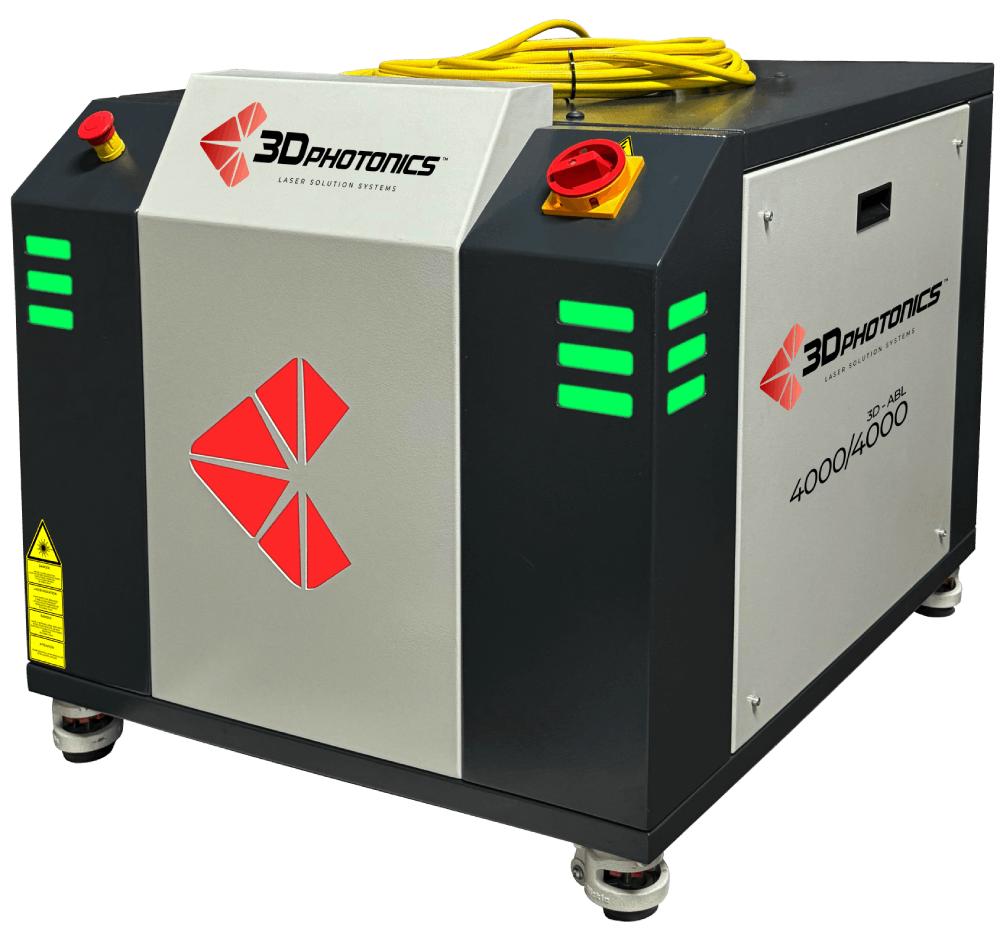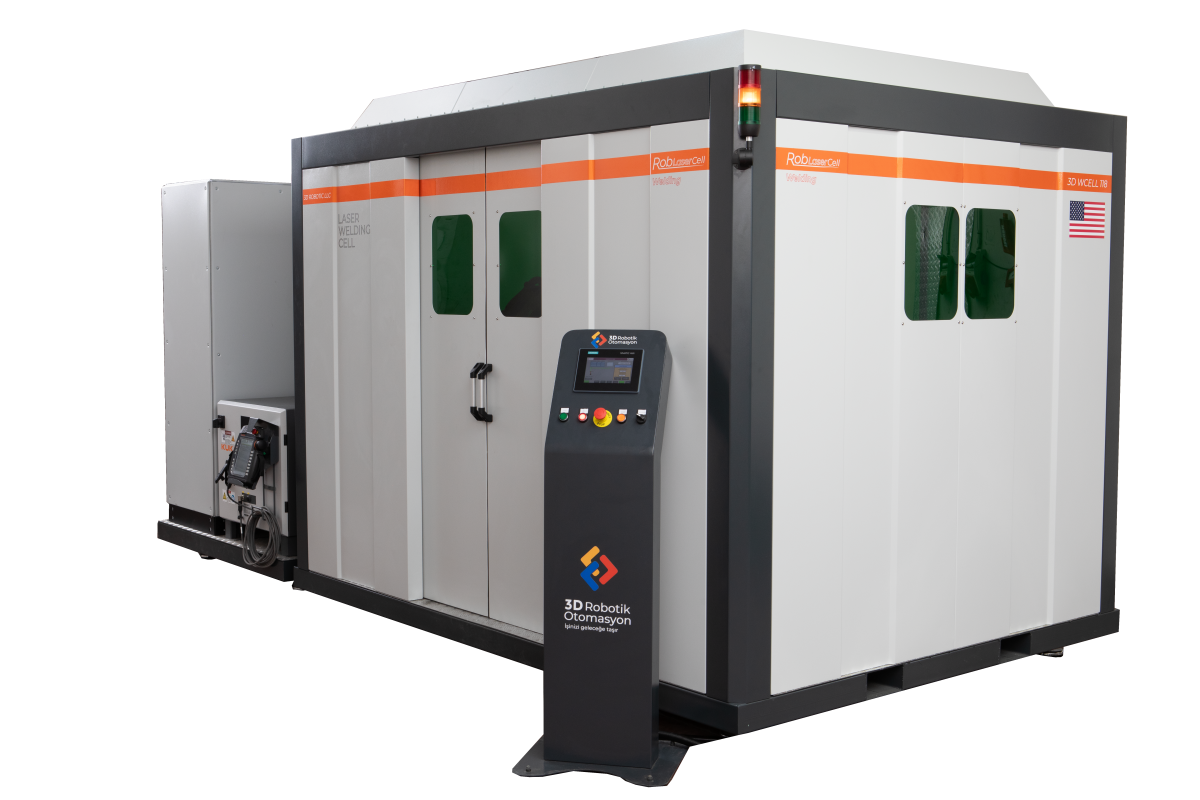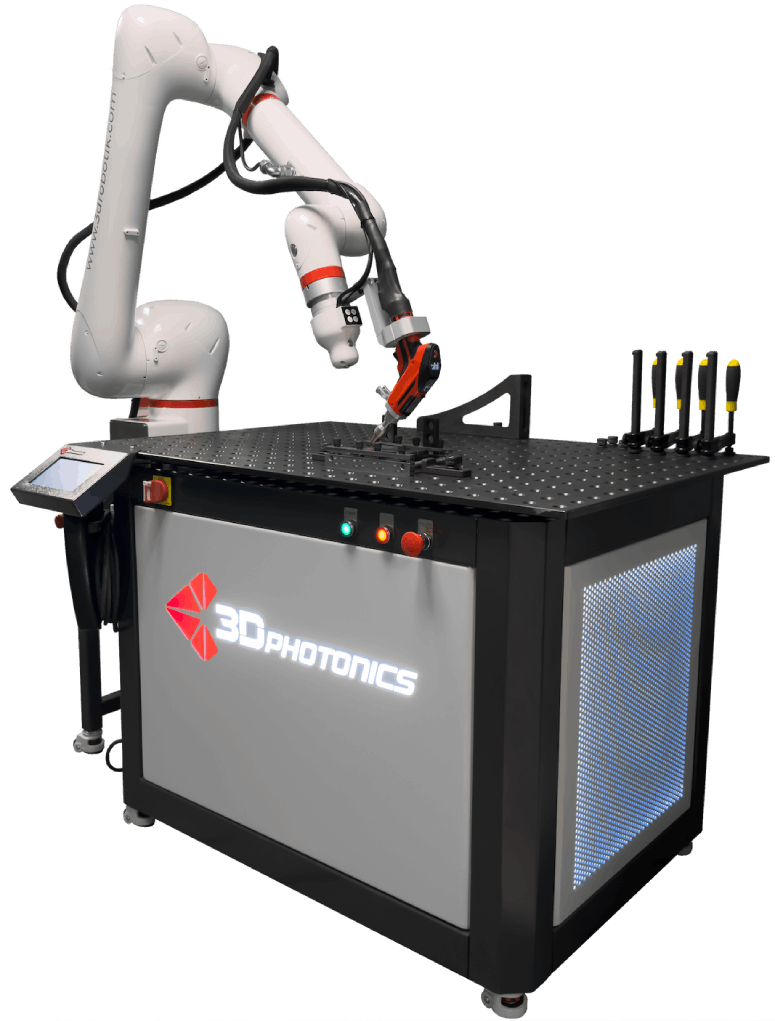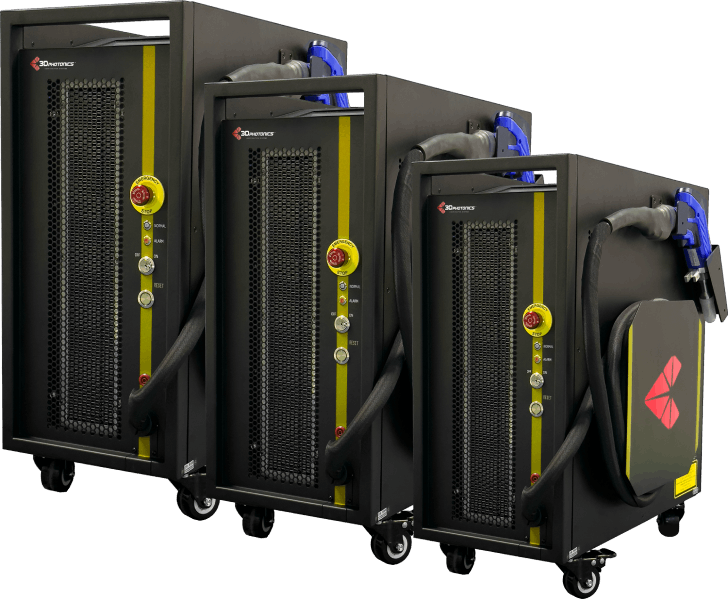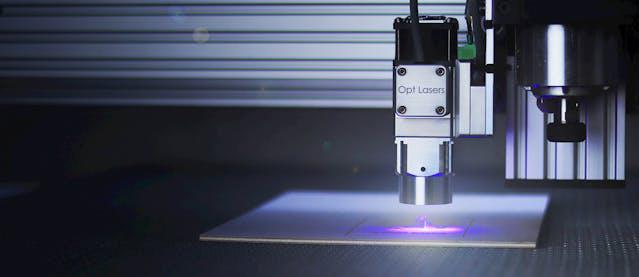
While laser technologies provide speed and precision in manufacturing, optimal performance heavily depends on proper cooling infrastructure. Especially in laser cooling, maintaining thermal balance is key to prolonging equipment life and ensuring process stability. In this blog, we explore how industrial laser cooling is evolving with smarter, more efficient systems.
Why is Laser Cooling Important?
Industrial laser welding processes generate intense heat due to concentrated energy. Uncontrolled temperatures can result in optical damage, energy loss, and production defects.
Main risks include:
- Thermal deformation of components
- Reduced cutting or welding precision
- Increased machine downtime
What Do Next-Gen Cooling Systems Offer?
Modern laser cooling systems use closed-loop liquid cooling instead of traditional air cooling, delivering better thermal stability and energy savings.
| Cooling Type | Advantages |
|---|---|
| Air-Cooled | Low initial cost, limited capacity |
| Liquid-Cooled (Next-Gen) | High efficiency, quiet operation, longer lifespan |
Smart Laser Cooling Technologies
Next-gen systems go beyond cooling—they offer integrated thermal management with temperature sensors, flow control, and automatic alarms.
Key features include:
- Real-time temperature monitoring
- Energy-saving operational modes
- Remote control and failure alerts
Applicable Industries
Industrial laser cooling solutions are ideal for:
- Automotive (laser welding and cutting lines)
- Electronics and PCB manufacturing
- Medical device assembly
- Aerospace and defense
Efficient Cooling Powers Productive Manufacturing
If you aim to reduce energy costs, maintain process stability, and extend equipment life, laser cooling systems are no longer optional—they're essential. Adopt next-gen cooling for stronger, smarter laser operations!
Frequently Asked Questions
Why are laser cooling systems necessary?
They regulate heat, preventing equipment damage and maintaining production quality.
Are liquid cooling systems expensive?
Initial costs are higher, but long-term savings in maintenance and energy make them cost-effective.
Are they compatible with all laser systems?
Yes, including fiber, CO2, UV, and Nd:YAG laser types.
How often do they need maintenance?
Typically every 6–12 months for next-gen systems.
- Operator Training in Handheld Laser Welding: How It Impacts Efficiency
- Error Detection and Preventive Maintenance in Automated Laser Welding Lines
- Fume and Particle Filtration in Laser Welding: What to Know for Workplace Safety
- AI-Driven Manufacturing with Photonics: Possibilities and Applications
- Next-Generation Solutions in Industrial Laser Cooling Technologies
- Is Zero-Loss Possible with Energy-Efficient Laser Production Lines?
- Laser Marking or RFID? Advantages of Traceability Technologies
- How Do Automatic Wire Feeding Systems Work in Laser Welding?
- Deep Penetration and Thermal Balancing in Fiber Laser Welding Technology
- Fast Production Advantage with Handheld Laser Welding Machines
- 5 Technical Criteria Defining Quality in Laser Systems
- How to Improve Energy Efficiency with Laser Welding?
- Photonics and Automation: Your Guide to Smart Manufacturing
- Product Protection Against Counterfeiting with Laser Marking Systems
- Can Handheld Laser Welders Reach Tight Spaces?
- Choosing Industrial Laser Systems: Power, Efficiency, and Compatibility
- The Role of Cooling Systems in Laser Welding Technology
- Why is Photonics Important? A Rapidly Growing Industry in Turkey and the World
- Handheld Laser Welding: Why It's the Smart Choice for Mobile Applications
- What is Laser Marking? Permanent and Secure Tracking in Production
- Laser Welding Systems: The New Standard in Metal Joining
- Revolutionizing Manufacturing with Photonics Technology: Light that Shapes the Future
- Things to Consider When Using Handheld Laser Welding Machines
- How to Achieve High-Precision Manufacturing with Laser Systems?
- What is Handheld Laser Welding? How Portable Power Transforms Industry
- 3D Photonics Successfully Unveils ABL-SM Laser Series at AMC 2025!
- 3D Photonics Named Platinum Sponsor at AMC 2025 Conference
- Why Choose 3DPhotonics? Strong Technology Partnership for Your Projects
- From Education to Industry: Fields Covered by Photonic Technologies
- Is Sustainable Production Possible with Laser and Photonic Solutions?
- Is Micron-Level Processing Possible with Lasers? How It's Achieved
- Recent Developments in Fiber Laser Technology
- 5 Key Factors That Define Quality in Optical Systems
- What Is Laser Marking? Permanent and Reliable Traceability Solutions
- Using Spectrometers in Industrial Applications
- Laser Cutting vs CNC: A Comparative Guide
- Optical Solutions in 3D Manufacturing: The Power of Precision
- The Role of Laser in the Defense Industry: Next-Generation Security Technologies
- What Are Optical Filters Used For? The Impact of Right Selection on Production
- FABTECH Chicago, September 8-11, 2025
- 3D Photonics at FABTECH 2024: Showcasing Advanced Laser Technologies for Industrial Applications
- 3D Photonics Showcases Innovative Laser Solutions at EUROBLECH 2024
- What is Photonics?
- Robot Investments Summit | 20-23 December | Istanbul
- 16. Blechexpo | 7 - 10 November | Messe Stuttgart

